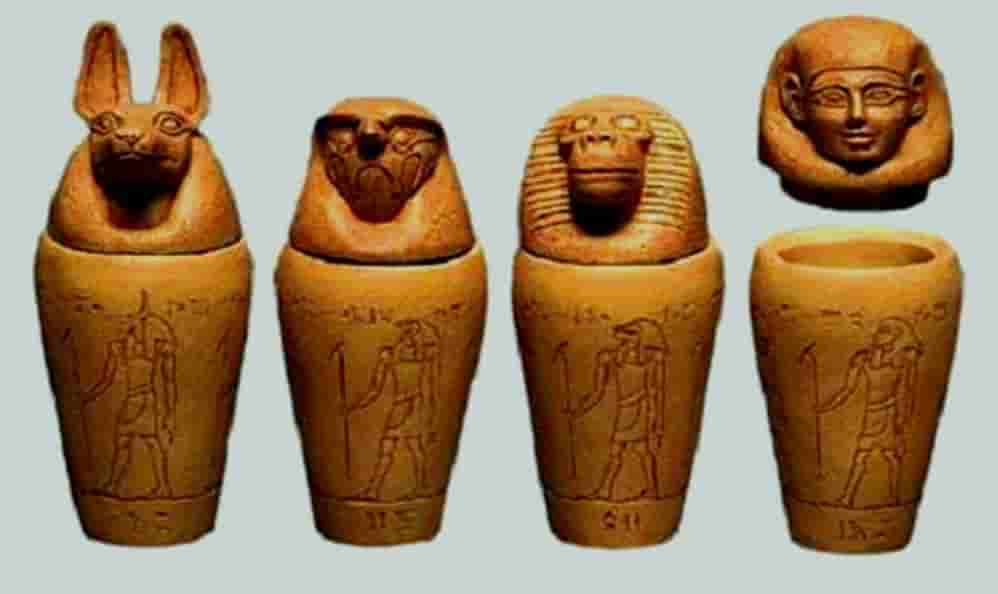For the fortunate of Ancient Egypt, the idea of their bodies being buried in a hole in the ground was impossible. There, people believed in “ka“, a force that continued after death—providing the body was well preserved.
For this, a meticulous technique inspired by the desert was used. After observing that hot sand and dry air preserved the dead, the ancient Egyptians created a method of dissection and mummification, accompanied by a religious ritual.
The earliest known mummies are from 3000 BC. But it remained a privilege of monarchs, taking 800 years before the process extended to anyone who could afford it.
And it wasn’t only humans that were mummified. In January 2020, dogs were found in El Faiyum, an oasis 80 kilometers from Cairo. “It was a way of honoring pets,” explains historian Julio Gralha from the State University of Rio de Janeiro.
The last mummies found are from the 4th century AD. Roman influence and the advance of Christianity may have ended the practice. Check out the step-by-step process of mummification:
1- General cleaning
The body was taken to open-air tents at Ibu, meaning the purification place, on the west bank of The River Nile, where the cemeteries were.
There, the corpse would be handed over to priests, where it was then washed with palm wine and river water on a sloping table to collect fluids.
2- Goodbye, viscera
The Priest removed the organs through a cut in the left side of the abdomen; only the heart was left at the end of the procedure.
The lungs, intestines, stomach, and liver, on the other hand, were placed in special containers. The rest of the tissue was thrown into The River Nile—including the brain, which was taken out through the nostrils.
3- Guardians
The most important organs were stored in vases (canopic jars). They represented the four sons of Horus, God of the heavens:
Duamutef (Jackal) took care of the stomach; Qebehsenuef (hawk) of the intestines; Hapi (baboon) of the lungs; and Imsety (human) of the liver.
4- Salt to the bowels
With the corpse free of viscera, the dehydration process began, starting with natron, a mineral salt prevalent in the region.
The body was filled and wrapped with this salt and remained that way for 40 days.
5- Dry filling
After dehydration, the corpse would be washed with water from The Nile, and aromatic substances and oils were added to increase the skin’s elasticity.
In order not to become deformed, the body was stuffed with sawdust and dried plants. Only then would it receive up to 20 layers of starched linen strips.
6- From head to toe
The sequence for winding the linen started with the head, continued with the hands (right first), and then ended with the feet (in the same order).
The Priest (Hery-Seshta) wore a mask of Anubis, God of the dead. The bandages received liquid resin that held them together. Bandaged and protected, the mummy was returned to the family and buried.








